On Saturday I shared about the famous Loreley Rock in Germany near the town of Sankt Goar and Sankt Goarshausen. Well, we saw a few other interesting sights along that portion of the Rhine on our Viking River Cruise.
Like this impressive stone manor house. It was very large. I don’t know if it is an important structure or not, but it appeared to be undergoing some kind or renovation with the chute on the roof and the scaffolding. And only two windows had shutters; you could see where they used to be on the other windows. It looked like an interesting place.
And just like the km marker I told you about in my last post, there was also the town sign painted on the bank. That is such a great thing to do. Very helpful from a photographers perspective. Helps you know where you are if you don’t have access to GPS. I had my phone with me but never thought about using my GPS while we were there. One of the things I will remember for future trips to help document locations for all those thousands of photos!
But one thing we thought was really interesting were the disguises used on train tunnels. They were made to look like castles, churches or monuments. This one looked like a castle.
And this one looked like a church.
Depending on your view of the tunnel, you may not even realize it was a tunnel. Our Viking guides explained that during World War II, tunnels were extremely important to the Germans and Hitler had all entrances disguised to look like this in hopes that the Allies would not bomb them.
They used the tunnels not only to transport supplies but to hide plundered goods and other items. That was a very interesting piece of history to learn. I am not sure if it really worked but it sure did make the tunnels worthy of picture taking.
Another thing we saw along many portions of the Rhine while traveling through the Rhenish Massif were different techniques for preventing landslides, like on this cliff above. You can see the shoring on the lower left corner in the image above. There were also a lot of wire mesh netting sections scattered here and there to prevent minor rockslides. But this looked like a pretty major prevention method. The slate cliffs in this section really were natural beauties, so it was nice to see the protective measure put in place to preserve the scenic landscape.
Along with the many other barges and ships we passed we also saw our first colony of Cormorants.
Cormorants are aquatic birds. Our Viking Guide made sure that these birds were pointed out to us.
They are supposed to be very skilled divers and they appeared to be good sized birds.
There were so many hanging out on the rocks in the Rhine here.
And many were showing off their skills while others appeared to be watching us as we sailed by.
These rocks were part of the reason this area of the Rhine was a dangerous area, too.
And the Cormorants did not seem to be too territorial. There were ducks and even geese that hung out together with them.
But they did keep off to one side. And here you can guage how large the Cormorants were. They appeared to be about the same size as the geese, just not as plump.
And Cormorants are also known to strike a wing drying pose, as seen above. After time spent under water feeding they will stretch their wings out to dry.
I have taken photos of Black Buzzards that do that and it was interesting to see the Cormorants drying themselves out, too. But it was time to head on to our next town on the Rhine – Oberwesel.
This is not a sponsored post. This is my experience from my trip with Viking River Cruises. Email me to find out how you can save $100 when you book your first cruise with Viking through their referral program.
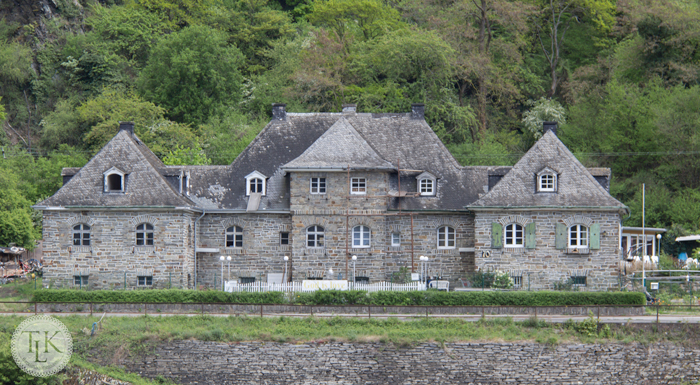
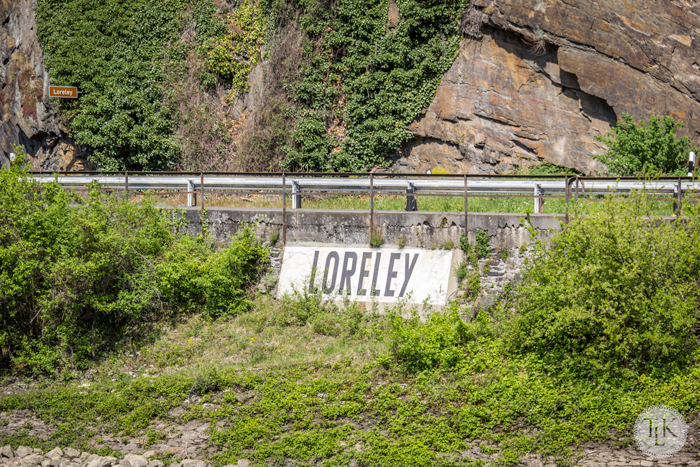
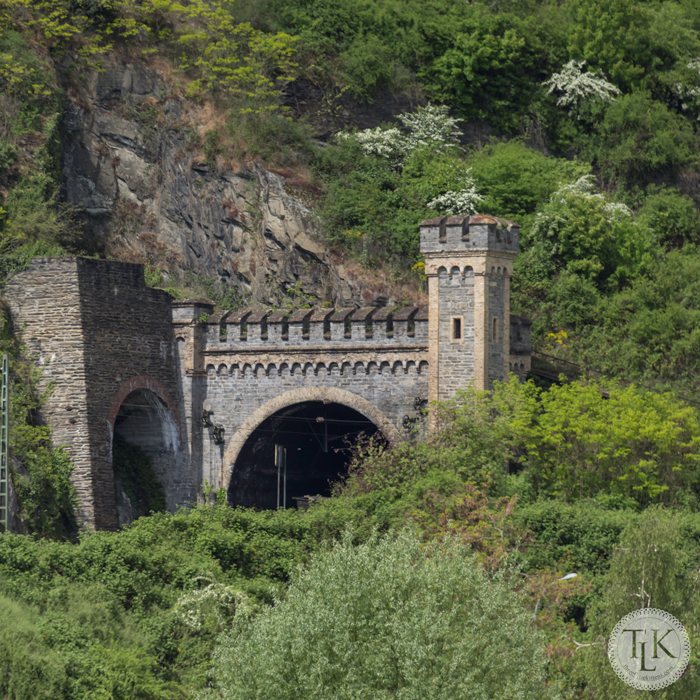
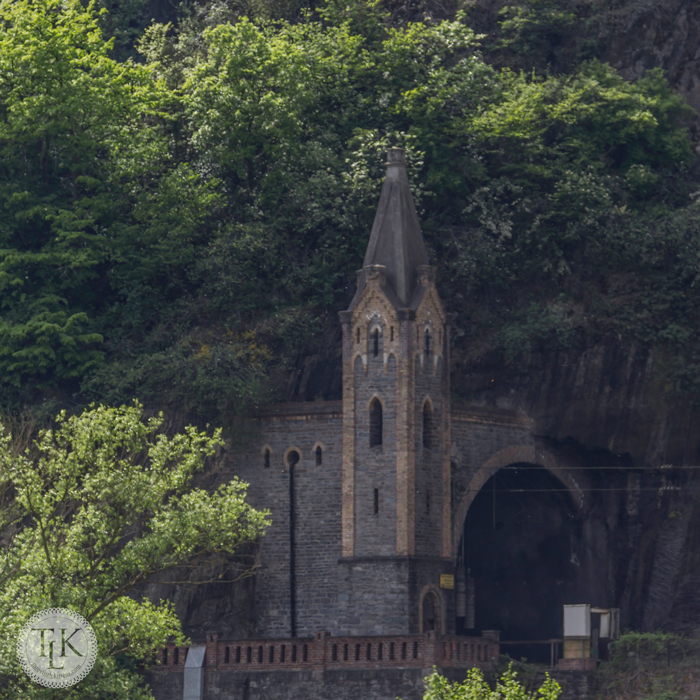
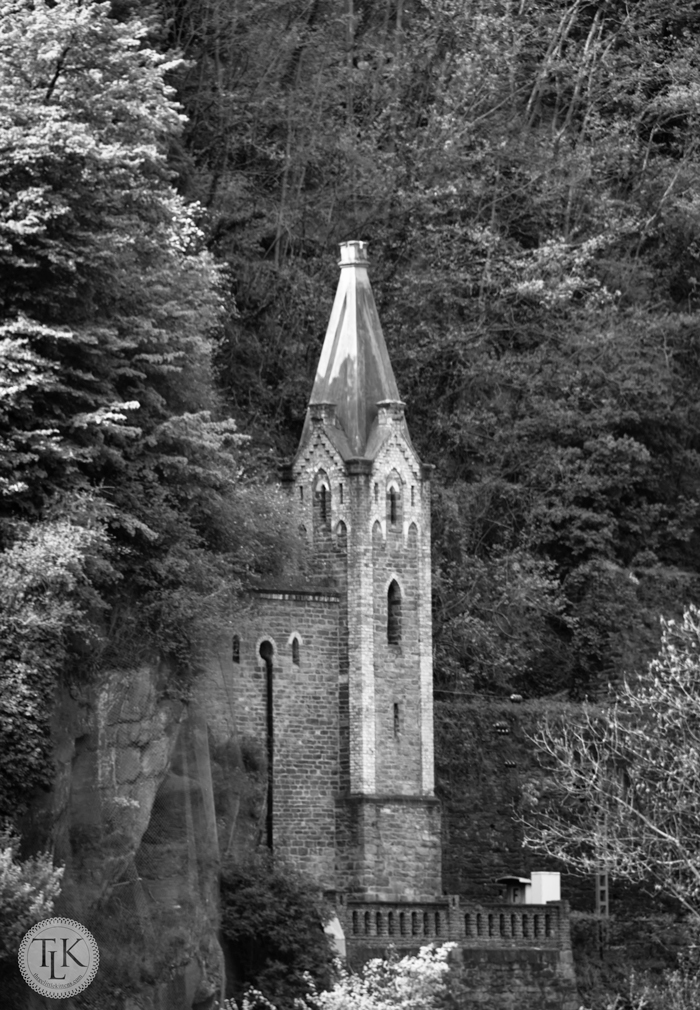
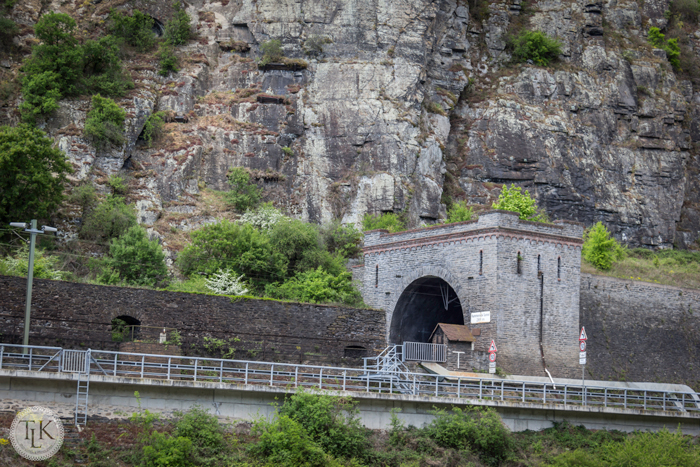
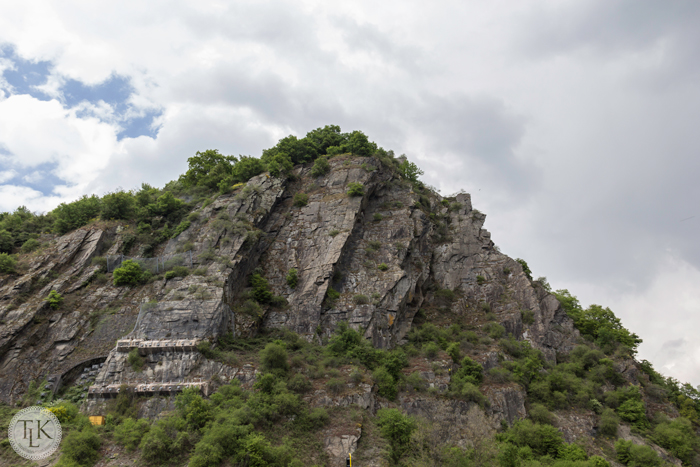
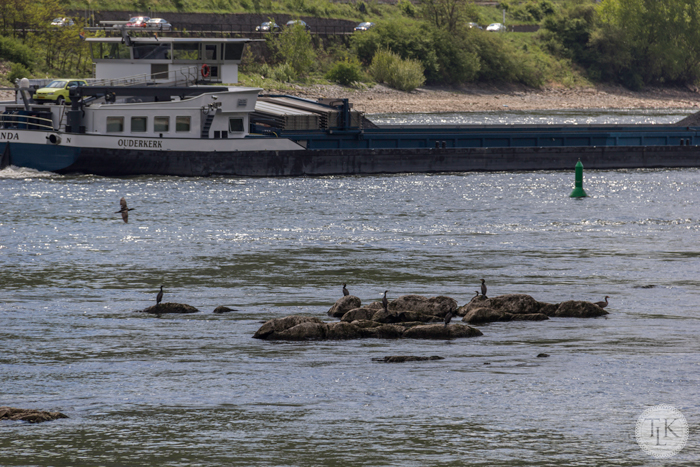
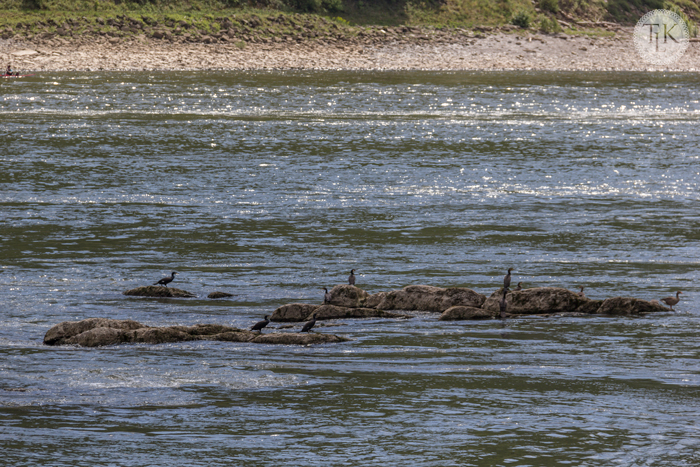
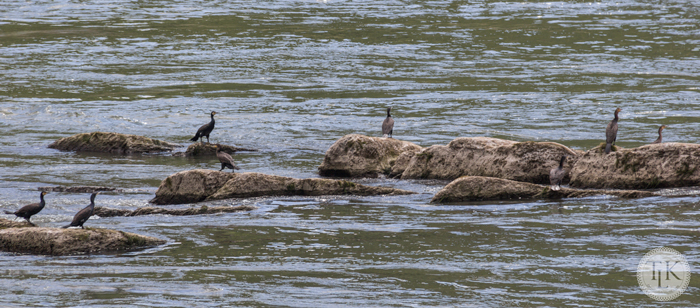
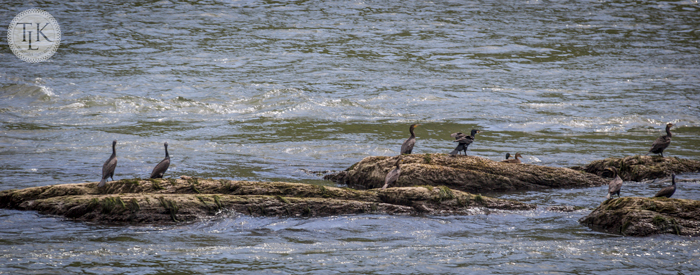
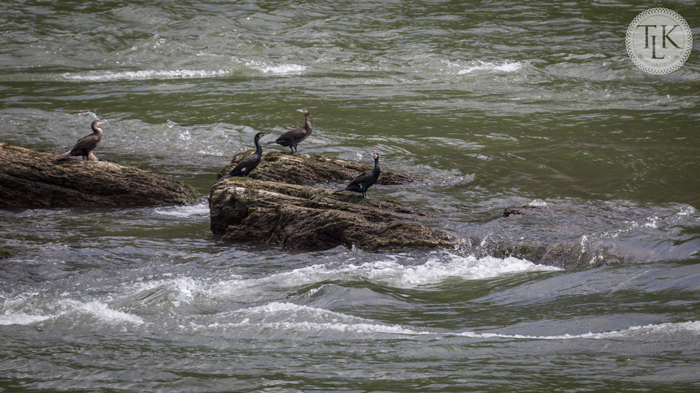
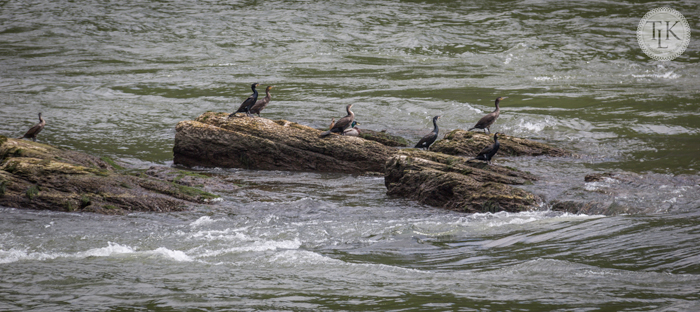
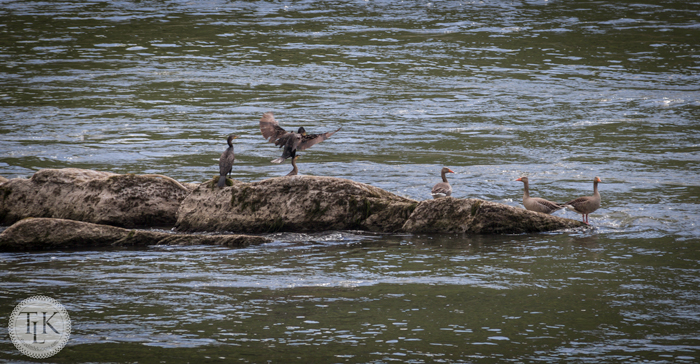
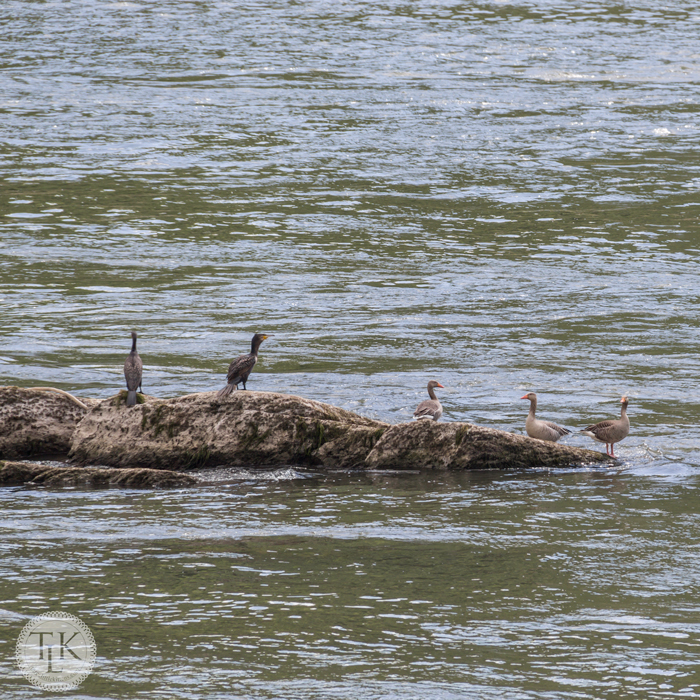
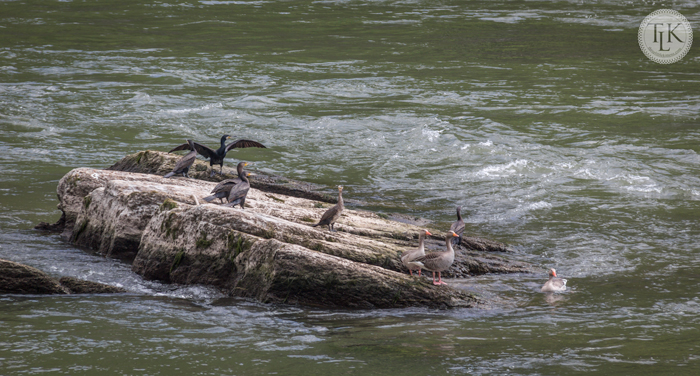
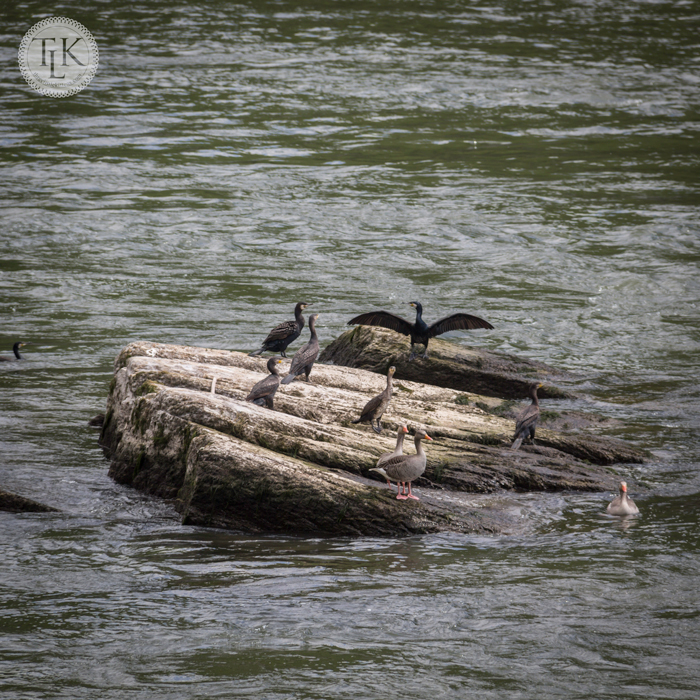
Leave a Reply